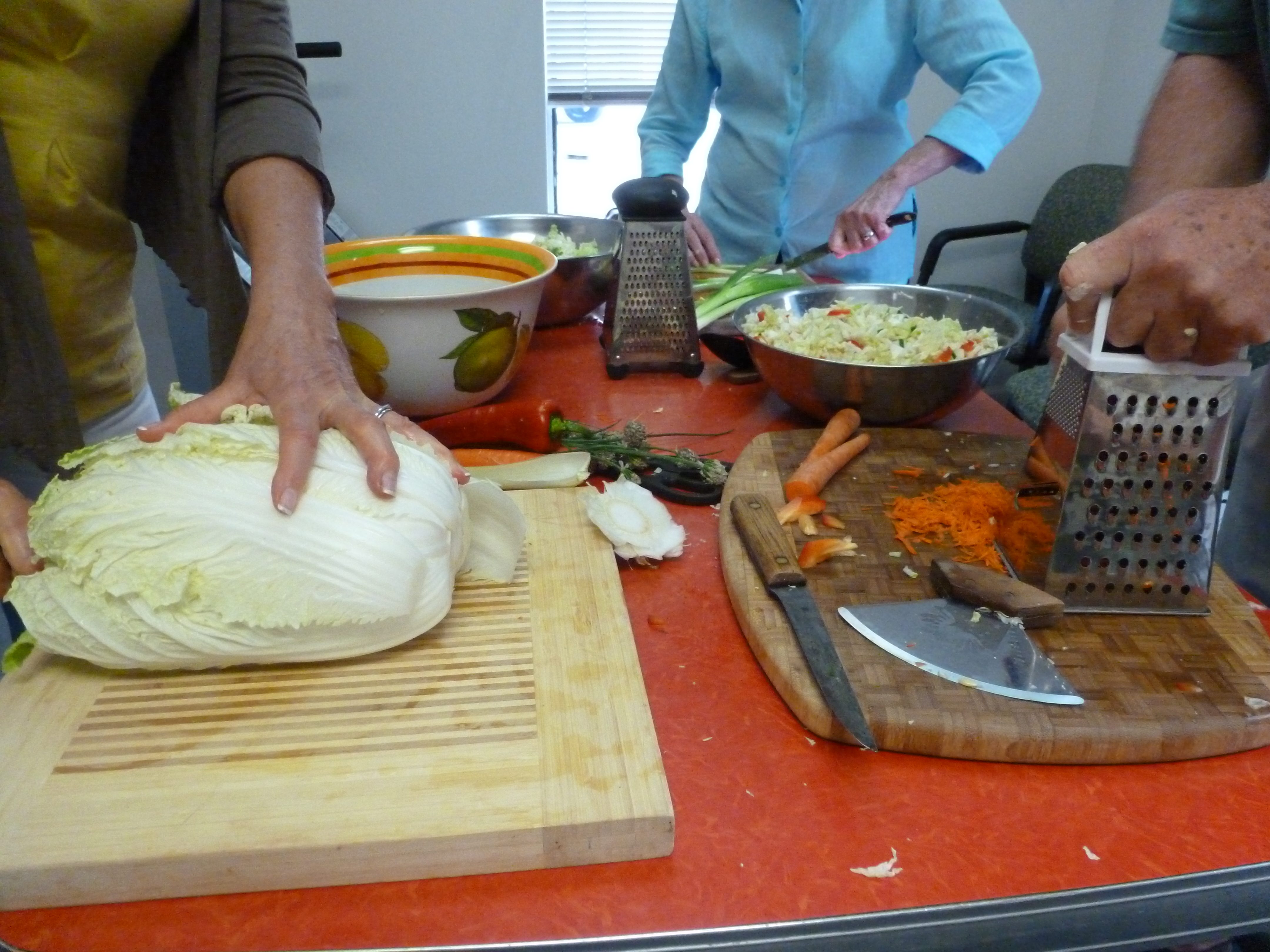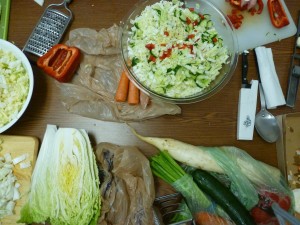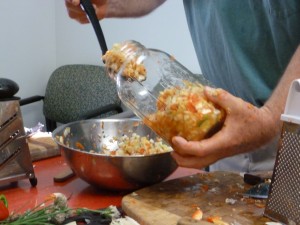Avocado in a pie? Strange to me at first too, but now I’m sold. When you try this pie I bet you will agree. Don’t worry, the pie doesn’t turn brown from the avocado oxidizing–the lime juice prevents that. And it’s easy–no baking, and with a food processor it’s quick. (You will need a food processor and blender for this recipe) I found the original recipe in the GAPS cookbook “Internal Bliss” which is a gluten-free recipe book, but I replaced the nuts with seeds and dried coconut because that’s what I had! Also, I believe it to be easier to digest with these changes. The ghee adds a nice butterscotch-like flavor but coconut oil alone works too if you want it dairy-free.
Serves 6
Pie Crust
1/2 cup pumpkin seeds
3/4 cup sunflower seeds
1 cup dried shredded coconut
6 pitted dates, cut in half
1/2 tsp. vanilla extract
pinch of sea salt
1 Tbsp. ghee or coconut oil
Filling:
1/2 to 3/4 cup lime juice
1/2 cup honey
1/4 cup coconut milk
1 cup avocado (about 1 avocado)
2 tsp. vanilla extract
pinch sea salt
1/4 cup ghee (or coconut oil)
1/4 cup coconut oil
When I made this recipe I used “crispy” sunflower and pumpkin seeds which I try to keep on hand. This means I soaked them in water overnight, rinsed them well the next day, drained and salted them, and then dried them in a 200 degree F oven for about 2 hours with an occasional stir. Why? Because this preparation reduces the anti-nutrient levels in nuts and seeds and makes them easier to digest. You can skip this step and use plain dried seeds (NOT the roasted, oiled ones as the oils used are mostly unhealthy).
Put the seeds in the food processor and grind. In a blender, blend the dried coconut to a fine powder. Add the coconut “flour” to the ground seed mixture in the processor. Add the rest of the crust ingredients and process well. Press this mixture into a pie dish.
Place all filling ingredients except the ghee and coconut oil in the food processor. Blend until smooth and creamy. I used 1/2 cup lime juice which was 2 limes. If you want intense lime flavor you may want to use 3/4 cup as the original recipe called for. If you use 3/4 cup lime juice, be sure to taste it after it’s all blended and add more honey if it’s not sweet enough for you. Now melt the coconut oil over low heat if it is not already melted (which depends on the temperature of your kitchen). Add the ghee if you are using it and continue warming until it also melts. Drizzle this mixture into the food processor while it’s running. Process until smooth and creamy. Pour into piecrust. Freeze for 3 hours. Remove from freezer 30 before serving for easy cutting. Store in freezer.



